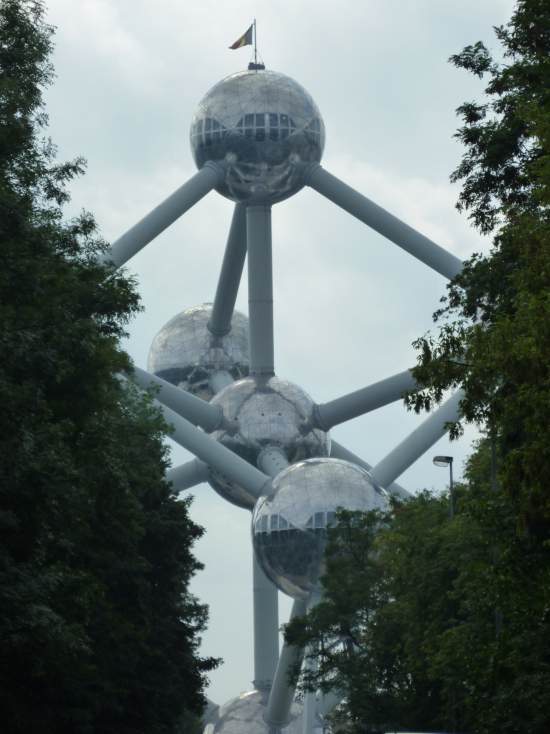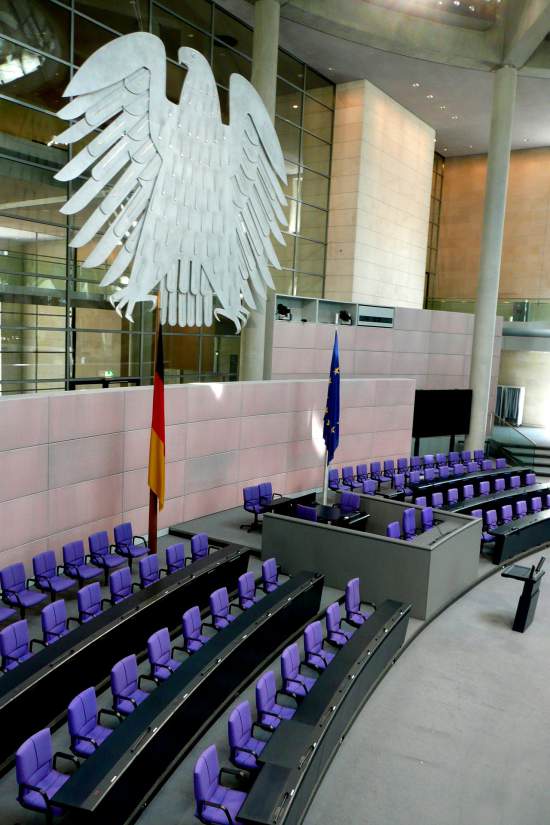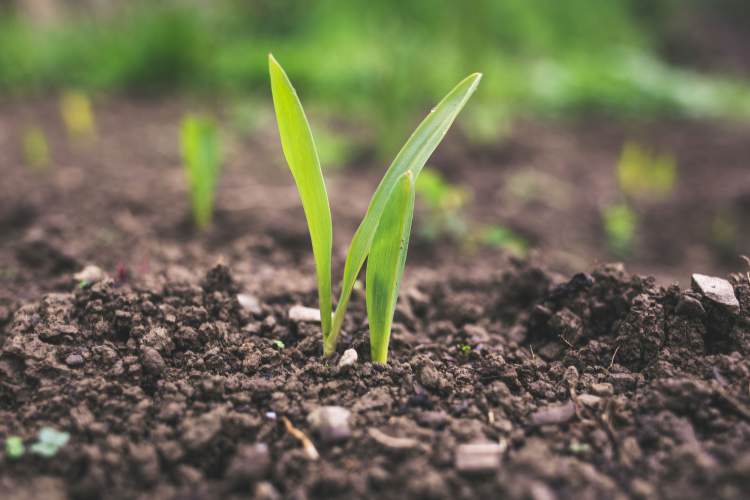Legal acts on soil protection
In the “> Soil Protection Strategy” presented on 17.11.21 for an EU-wide framework for the protection and sustainable use of soil, the EU Commission addresses the various threats to soil and regrets that there is still no EU-wide protection framework for soil, as there is for air and water.
Video EU Missions Soil Health and Food
The European Parliament also called for a binding legislative proposal on soil protection in a resolution in spring 2021.
But the announced “Soil Health Law” has now become a Directive on Soil Monitoring.
On this, the European Environmental Bureau writes: “The amendment shows that the main objective of the directive is limited to monitoring the state of soils in the EU and not to restore the health of European soils. This is very disappointing and once again leaves the health of our soils to chance.”
There are no binding goals and targets in the directive. Instead, it is about data collection and monitoring, such as salinization, erosion, organic carbon loss, compaction, nutrient content, contamination, water holding capacity, sealing, concentration of phosphorus, heavy metals and chemicals.
There is no mention of soil biodiversity far and wide. Yet expert advisory groups, in which I also participated, had placed a special focus on maintaining and restoring active soil life.
This can be done better and must be improved. I will work hard to improve it as part of my consulting work.
Since the early 2000s, EU-wide legislation to protect soils has been blocked. This lacks all common sense, was a mistake even then and is completely out of date in relation to the challenges of the time and the goals of the Green Deal.
The latest agricultural reform has once again failed to integrate binding, effective regulations on soil protection into the conditions for “good agricultural and environmental condition” (GAEC) for receiving direct payments. Therefore, we need all the more urgently a European regulatory framework that gives soil protection the same attention and protective position as the protection of air and water!
The German Federal Soil Protection Act (BBSchG) does contain a reference to agricultural management in paragraph 17. But here it only refers to “good professional practice” and this is still not defined.
The new coalition agreement therefore also states that the BBSchG will be revised.
I support these processes within the framework of my consulting activities on a national and European level.
The Institute of Soil Conservation & Sustainable Agriculture supports the european position paper with recommendations for the Soil Monitoring Directive:
The European Commission’s proposal for a Soil Monitoring Directive, in its current form, will not enable the achievement of healthy soils in the EU.
To address this lack of ambition, the 38 signatories of this joint statement call on the European Parliament and Council to ensure that the Soil Law includes.
- A strengthening of the overarching objective
- Legally binding targets
- Focused monitoring on soil biology and land users
- Effective governance with mandatory plans
- Soil pollution prevention and cleaning up
- Binding provisions on land take (area of land ‘taken’ by infrastructure)
- Implementation of the polluters pays principle
- Mobilisation of necessary financial resources
Offer: Agricultural soil protection – laws, initiatives, funding opportunities – lecture or seminar
“Carbon farming” – the EU strategy is supposed to ensure climate protection in agriculture. However, some of the techniques discussed are highly questionable – also from a soil protection perspective….
You can find more about “carbon farming” here.
You can find my overall offer on soil protection here.
Publications:
Beste, A. (2023): Soil protection-related legislation and strategies in the European Union
Beste, A. (2022): GREENWASHING & HIGH TECH – Faking it: (un-)sustainable solutions for agriculture.
Beste, A. (2022): Keynote lecture ‘On the state of soils in Europe’s agriculture’.



